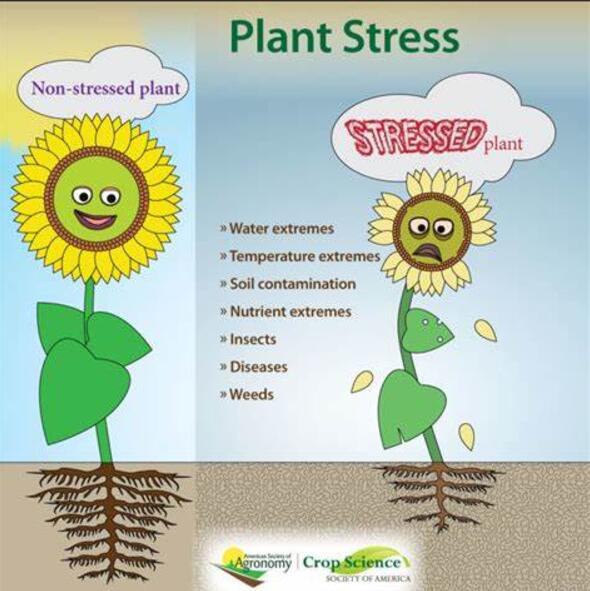Root colonizing microbes associated with notable abiotic stress of global food and cash crops
IF 6.8
Q1 PLANT SCIENCES
引用次数: 0
Abstract
The increase in cash crop productivity has helped improve farmers, communities, and economic streams and has served as a source of income. However, the erratic global climate change deeply affects crops' productivity due to the exacerbating high temperatures predominant in some geographical regions, which has translated into other environmental issues. Combinatorial impacts of these climate-associated problems have exposed agricultural lands to multiple abiotic stresses, placing massive pressure on cultivatable arable lands and reducing crop productivity. Agronomists, through an understanding of single abiotic stressors, have innovated new concepts like nanotechnology, molecular modified and cross-bred varieties to unravel these problems. However, the complexity, toxicity, and resistance development associated with these approaches have consistently left the search window open for novel, natural, and more sustainable alternatives. To this end, the roles of root microbiomes, particularly root endophytes, in ensuring plant growth promotion through siderophore production, phytohormone release and regulation, and nutrient fertilization have been harnessed in an effort to resolve single, double, and multiple abiotic stressors without a complete understanding of the pathways involved in each mechanism of plant growth promotion. Thus, to successfully leverage root endophytes for growth promotion during multi-stresses, this review is targeted to reveal single abiotic stress mechanism for each cash crop group, as this could help conceptualize the details involved in stress control and the alleviation of multi-stresses through nutrient fertilization pathways.

求助全文
约1分钟内获得全文
求助全文
来源期刊

Plant Stress
PLANT SCIENCES-
CiteScore
5.20
自引率
8.00%
发文量
76
审稿时长
63 days
期刊介绍:
The journal Plant Stress deals with plant (or other photoautotrophs, such as algae, cyanobacteria and lichens) responses to abiotic and biotic stress factors that can result in limited growth and productivity. Such responses can be analyzed and described at a physiological, biochemical and molecular level. Experimental approaches/technologies aiming to improve growth and productivity with a potential for downstream validation under stress conditions will also be considered. Both fundamental and applied research manuscripts are welcome, provided that clear mechanistic hypotheses are made and descriptive approaches are avoided. In addition, high-quality review articles will also be considered, provided they follow a critical approach and stimulate thought for future research avenues.
Plant Stress welcomes high-quality manuscripts related (but not limited) to interactions between plants and:
Lack of water (drought) and excess (flooding),
Salinity stress,
Elevated temperature and/or low temperature (chilling and freezing),
Hypoxia and/or anoxia,
Mineral nutrient excess and/or deficiency,
Heavy metals and/or metalloids,
Plant priming (chemical, biological, physiological, nanomaterial, biostimulant) approaches for improved stress protection,
Viral, phytoplasma, bacterial and fungal plant-pathogen interactions.
The journal welcomes basic and applied research articles, as well as review articles and short communications. All submitted manuscripts will be subject to a thorough peer-reviewing process.
 求助内容:
求助内容: 应助结果提醒方式:
应助结果提醒方式:


